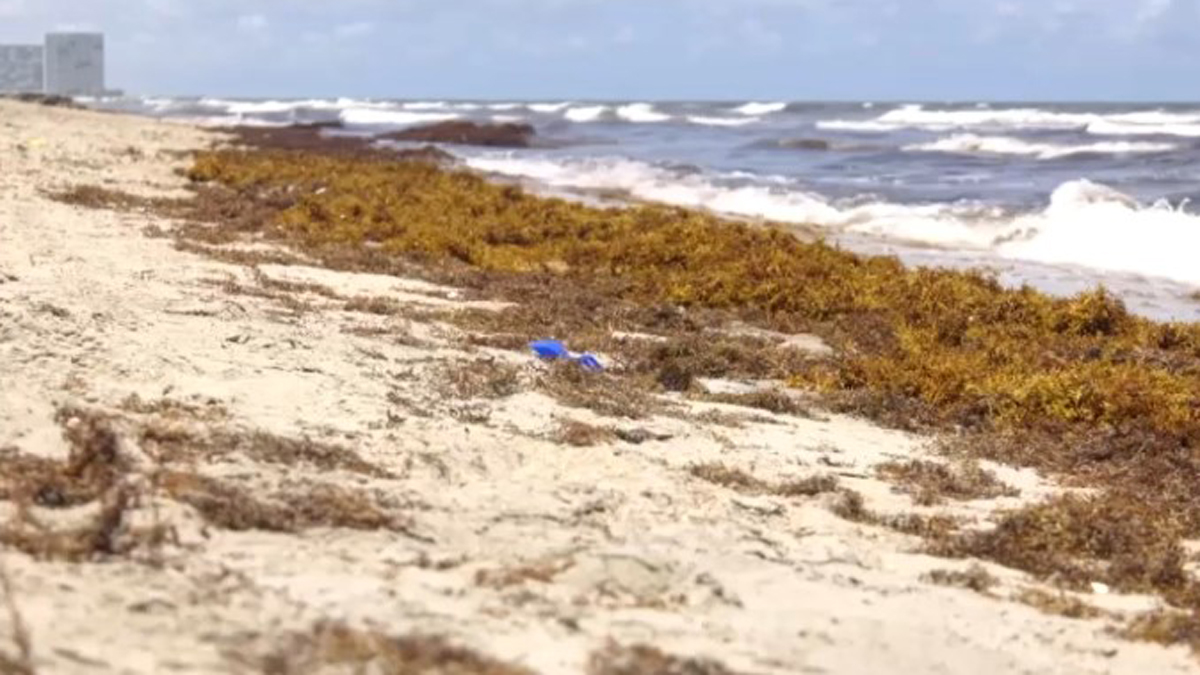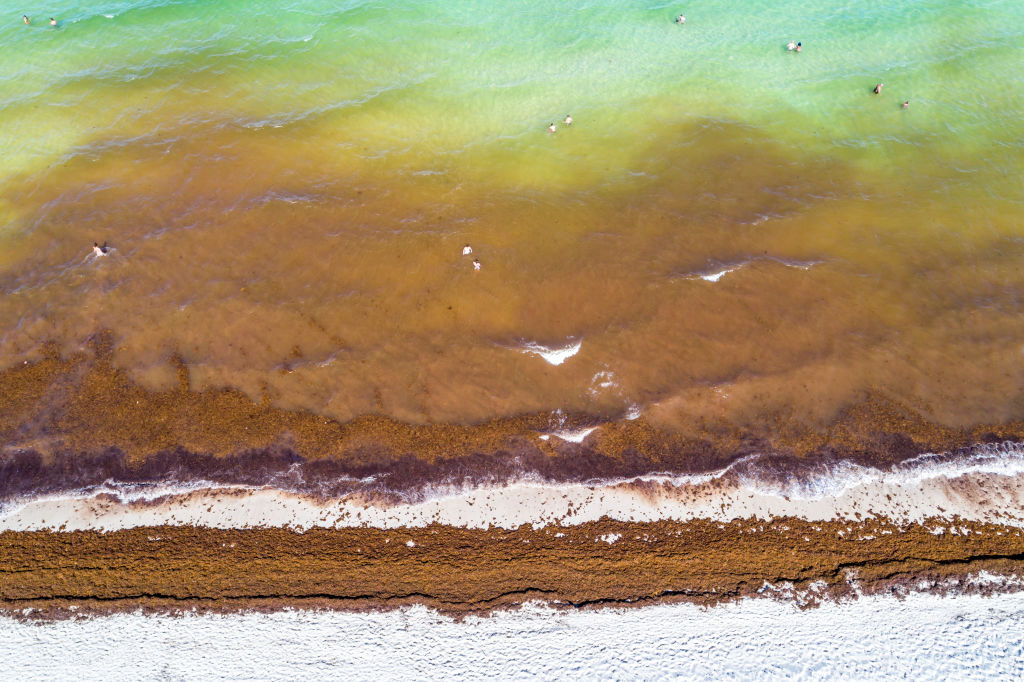If you are planning a beach vacation in South Florida this summer, you are in luck. The massive amounts of sargassum seaweed have finally left our shores.
Sargassum is a buoyant, brown — and often, smelly — algae found abundantly in the ocean.
When you see the seaweed close up, you'll notice leafy appendages, branches, and round, berry-like structures. These pneumatocysts add buoyancy to the seaweed, allowing it to float on the surface, often in large clusters or "blobs" that can sometimes can stretch for miles across the ocean.
But when these clusters of sargassum make their way to the shoreline, it can create an unpleasant experience for beachgoers.
The Hurricane season is on. Our meteorologists are ready. Sign up for the NBC 6 Weather newsletter to get the latest forecast in your inbox.
Chopper 6 captures surprising images of the shoreline before and after sargassum took over and scientists are still trying to figure out how exactly the large amounts of seaweed just disappeared.
This year, sargassum season started earlier than usual, but experts say it also ended earlier than usual.
SARGASSUM SEAWEED
In May, scientists from the University of South Florida began to note a decline in the amount of seaweed in the Gulf of Mexico. But according to USF Professor, Dr. Chuanmin Hu, June was even more noticeable.
"In June 2023, the decrease was dramatic," Dr. Hu said. "The amount that it decreased was beyond our prediction. Three-quarters of the amount is gone."
Dr. Hu told NBC6 many factors may have contributed to the sharp decline in sargassum, but while there is no hard evidence to go by, for now, all scientists can do is speculate.
According to the USF professor, scientists theorize that it could be the stronger-than-normal winds we experienced in June that may have pushed the blobs further away or down to the sea floor.
The large floating blobs of sargassum can provide food, refuge, and breeding grounds for an array of animals such as fishes, sea turtles, marine birds, crabs, shrimp, and more, NOAA says. Some animals, like the sargassum fish (in the frogfish family), live their whole lives only in this habitat.
With the sharp decline in seaweed, one would think it would affect the ecosystem of the ocean, but Dr. Hu said this is no cause for concern. He said this is a natural process that is completely normal.
When asked if South Floridians can expect to see the same level of sargassum in the future, he said it is too soon to tell — and if this year has taught researchers anything, it is this phenomenon is incredibly difficult to predict.
"Many factors impact future cycles," said Dr. Hu. "But what I can say for the next couple of months, for this sargassum season, is most of the time, the beaches will be spared by large amounts, although some beaches may still see some small amounts here and there. That doesn't mean anything. The sargassum season is gone."



